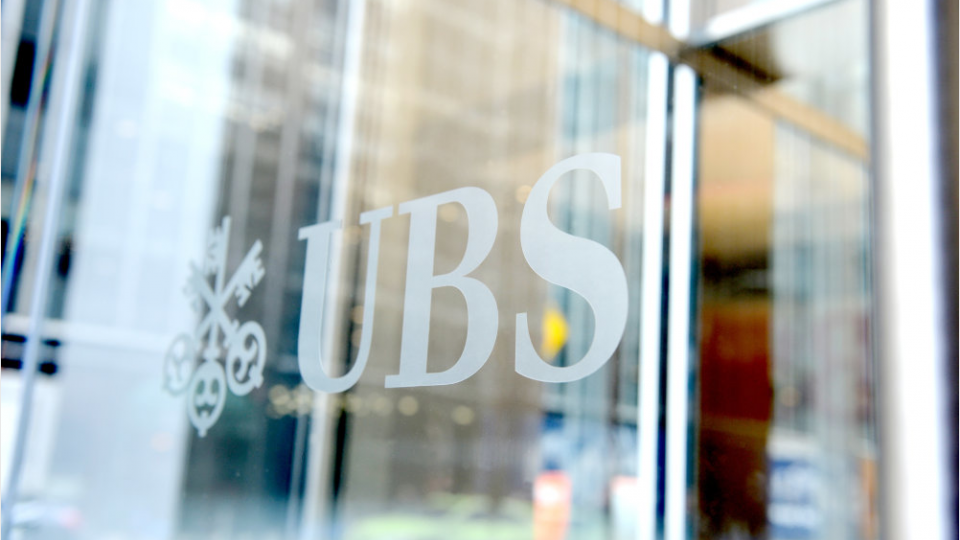
Bond markets have started 2021 with a move higher in yields so what are the bearish arguments today for the outlook for bonds?
Hopes for an easy transition back to a life more ordinary have faded rather quickly. Like a central bank with an inflation target, the goal is one thing, but getting there is quite another. At least financial markets have provided the New Year celebratory fireworks largely absent elsewhere.
In 2020 the global pandemic and the monetary and fiscal policy response dominated the price action in bond markets. Whatever the long-term impact may be, in 2020 the result was emphatically positive for investors. The Bloomberg Barclays Global Aggregate Index, a broad universe of bonds tracked by many investors, returned 5.58%0 making it one of the better years for investors after the Great Financial Crisis of 2008/09. Bond prices move inversely to yields so a key driver was the collapse in bond yields; from 1.45%1 on the Global Aggregate Index at the start of 2020 to just 0.83%1 by year end.
2021 has begun with growing optimism in the so-called 'reflation trade'; the hope for a strong cyclical upswing and across the board expansion in the global economy. This belief is powered by several factors, not least the vaccine roll-out and an expected explosive release of pent up consumer spending, all supported by easy monetary and fiscal conditions. Nowhere is the narrative more compelling, and having a greater impact on markets, than in the US where it has been further supported by the Democrats success in the Georgia run-off elections. This has heightened belief that an even larger fiscal expansion is now possible.
Early cycle reactions
For bond markets this has led to some fairly typical early cycle reactions, a move higher in yields and fall in prices. In the US, ten-year yields have risen by about 25 bps since early December. The yield has also broken above the psychologically important level for some investors of 1%. In reality there is nothing at all significant about 1%, other than this is the first time US ten-year yields have traded outside a range of about 0.5%-0.9% since the full effects of the pandemic became clear.
The question now is whether recent events, and the assumed recovery from the pandemic, will be enough to finally end the near forty year bull market in bonds? Nobody can be completely sure today but, if this is to be the end of the bond bull market, then that will require not just a cyclical rebound but a reversal in the structural forces that have driven bond yields lower over time. There have been many short-lived cyclical rebounds in yields but the overall structural trend lower has been incredibly durable.
What are the bearish arguments for bonds today and how should we think about them?
Find out in the report 'Bears come out of hibernation, but is it too soon?' from UBS Asset Management.
